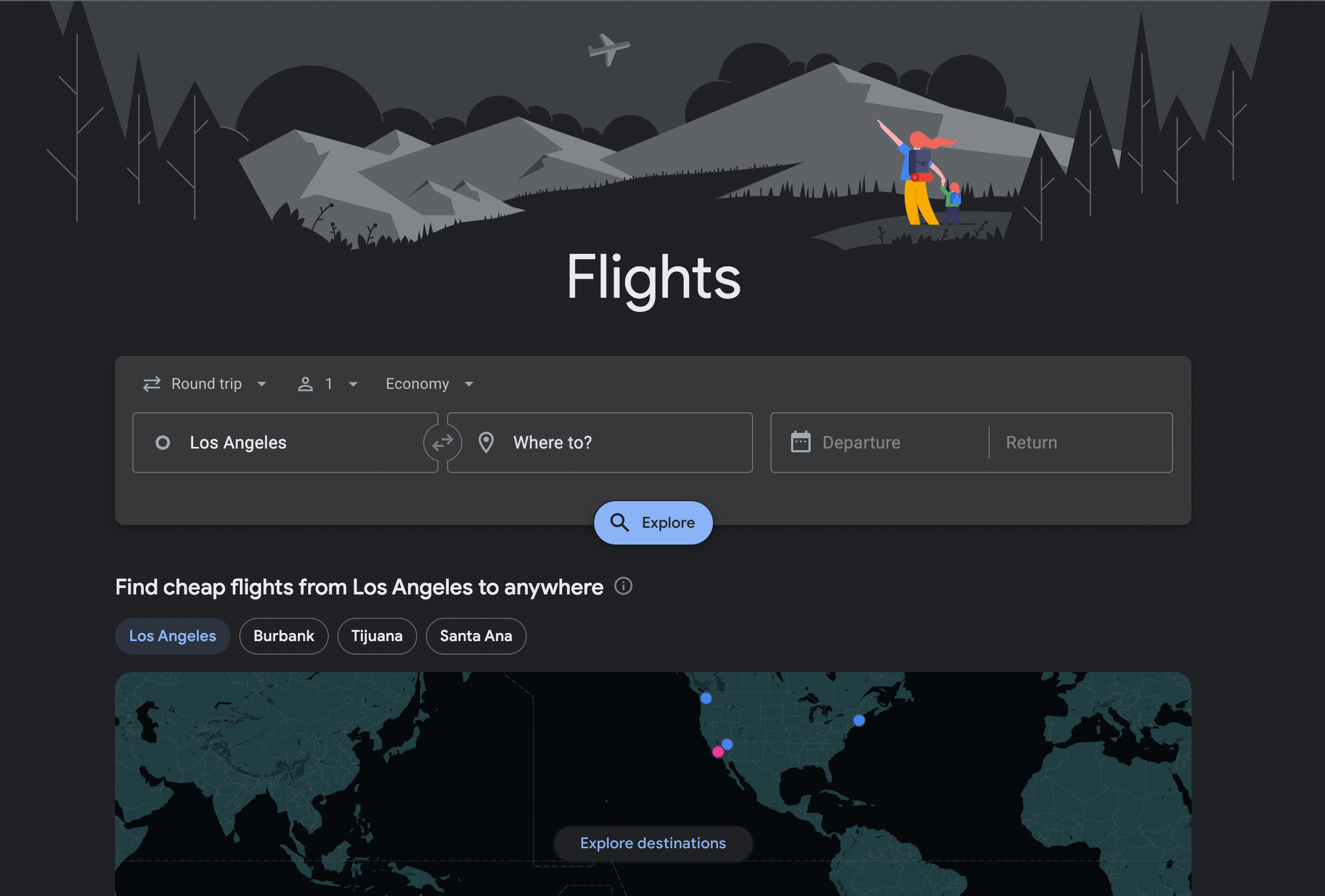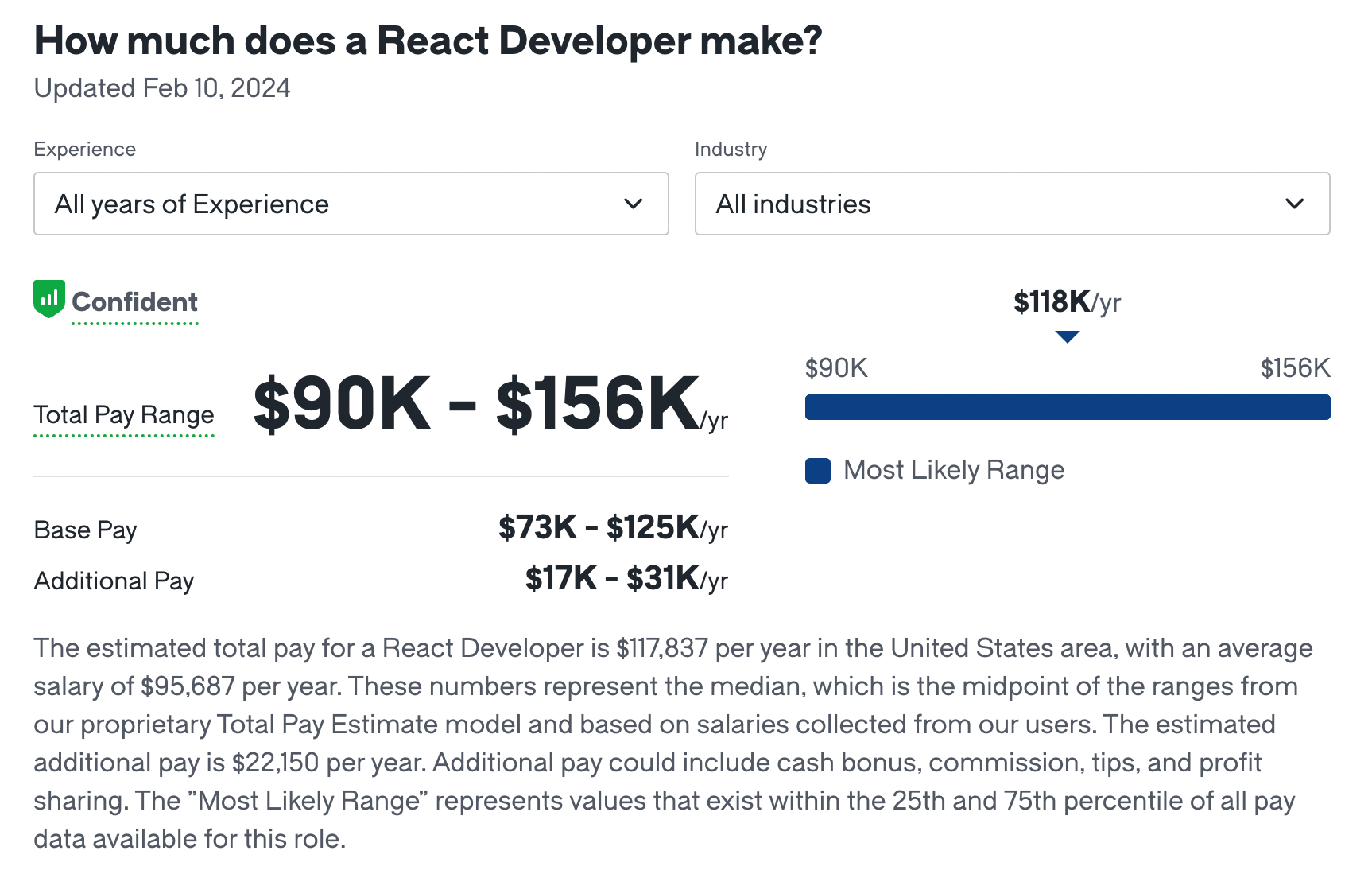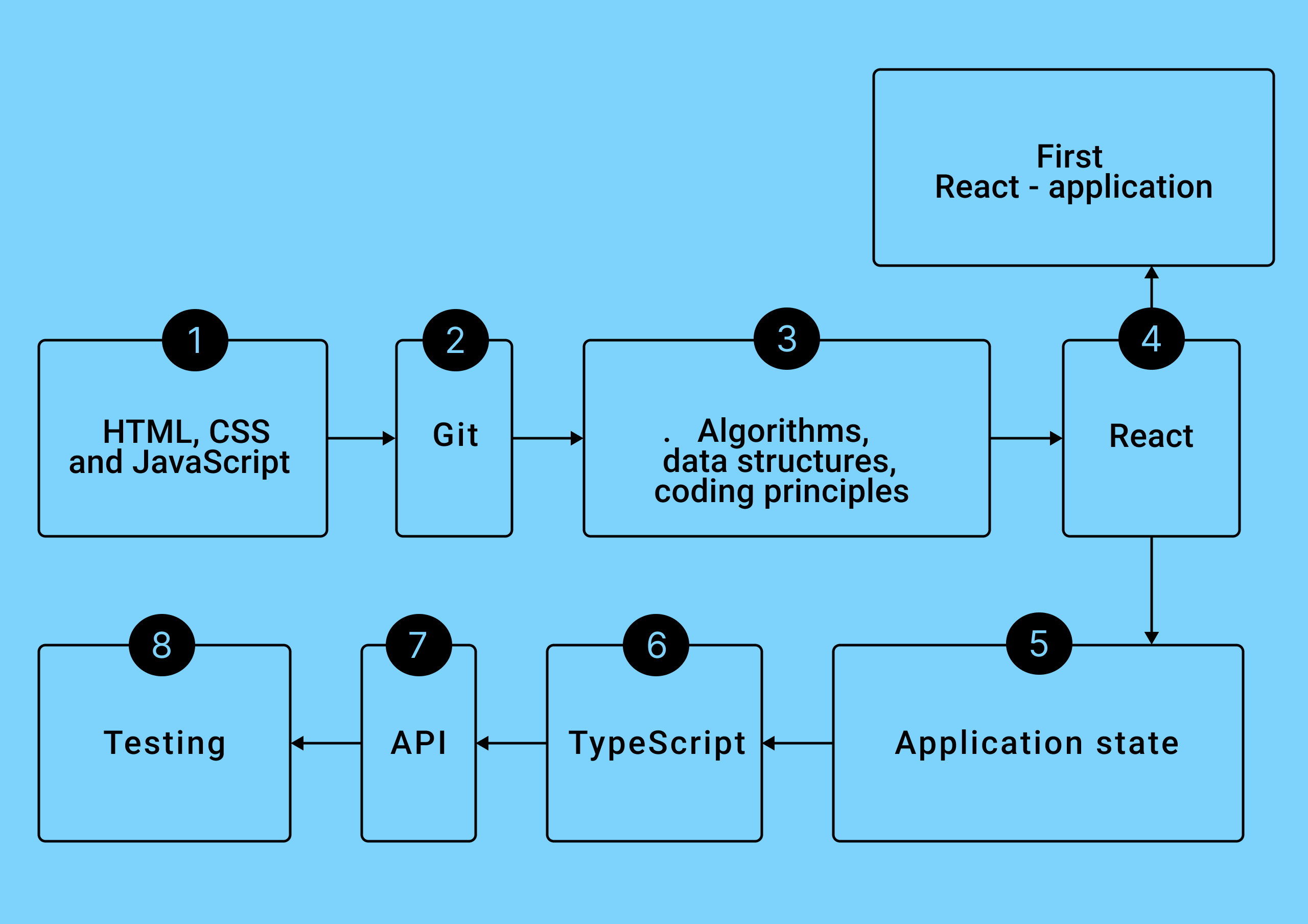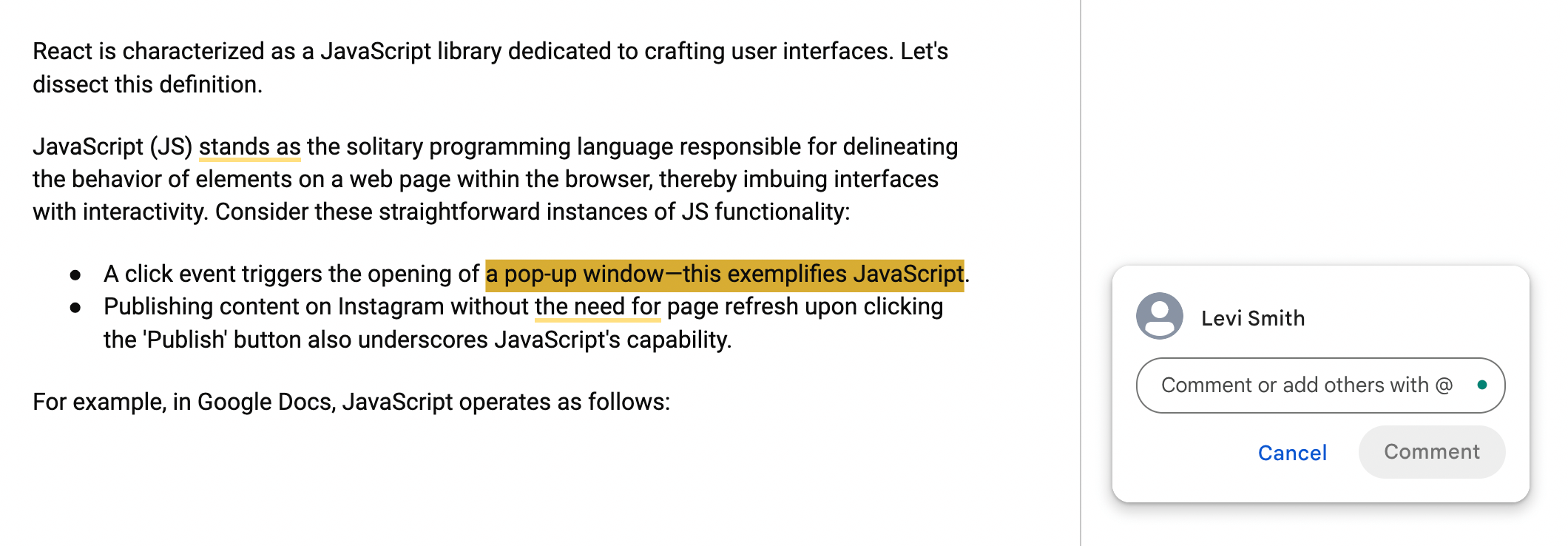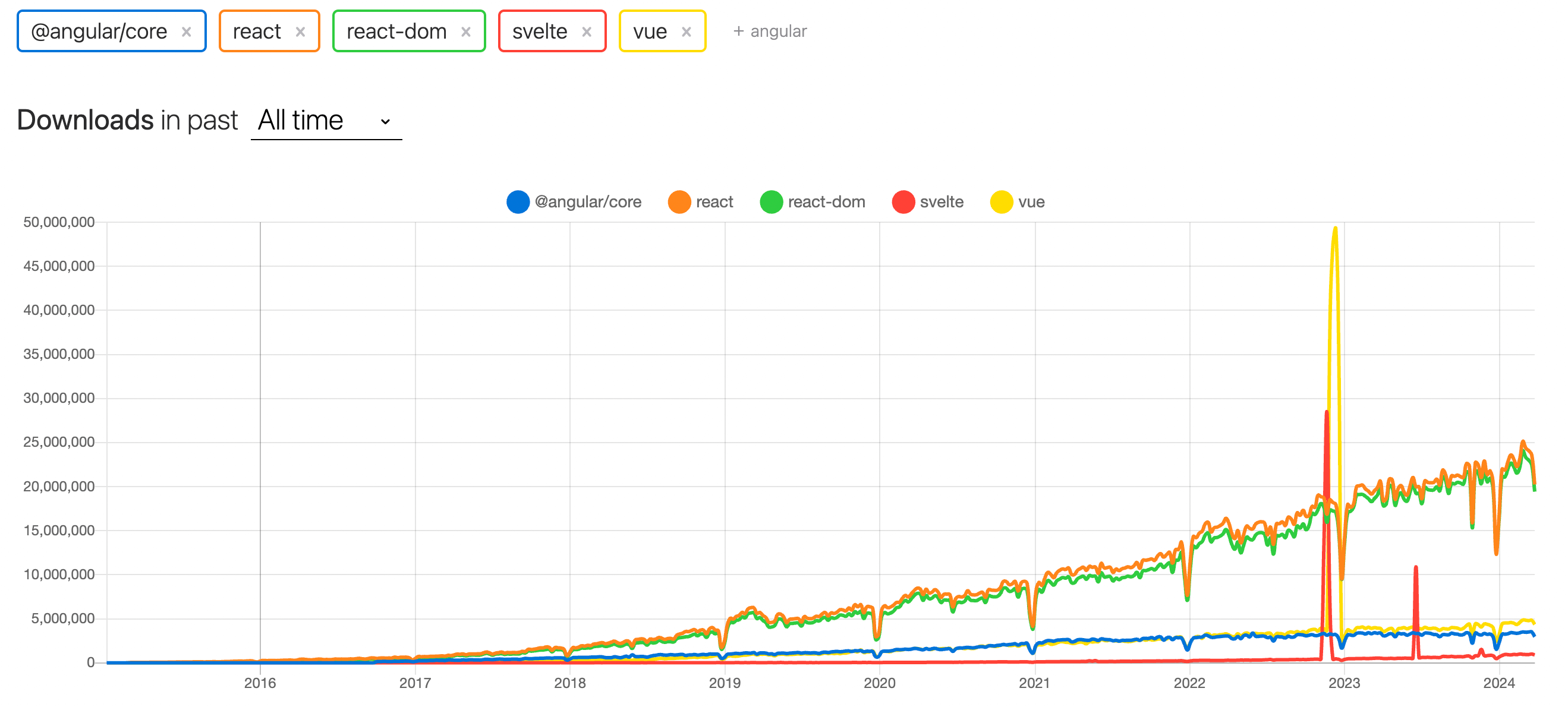🚀 Build an Impressive React Developer Resume
Create a Standout React Developer Resume
Crafting a compelling resume is crucial for landing a React developer role in today’s competitive job market. A well-structured resume not only highlights your technical expertise but also showcases your ability to solve real-world problems using React.js. Below, we outline key strategies to create a standout React developer resume that grabs the attention of hiring managers, including links to valuable courses and resources to enhance your skills.
1. Tailor Your Resume to the Job Description
Hiring managers look for candidates whose skills align with the job’s requirements. Carefully review the job posting and identify key skills, frameworks, and tools mentioned, such as React, Redux, TypeScript, or GraphQL. Incorporate these keywords naturally into your resume to demonstrate relevance. For example, if the job emphasizes React Hooks or Next.js, highlight your experience with those technologies in your projects or skills section.
Resource: Learn how to tailor your resume effectively with Indeed’s Guide to Customizing Resumes.
2. Structure Your Resume for Clarity
A clean, organized resume is easy to read and leaves a professional impression. Use the following structure:
Contact Information
Include your name, phone number, email, LinkedIn profile, and GitHub portfolio. Ensure your GitHub showcases React projects with clean code and documentation. A strong portfolio can set you apart—check out GitHub’s guide to building a portfolio.
Professional Summary
Write a concise 3–4 sentence summary that highlights your experience as a React developer, key skills, and career achievements. For example:
“Detail-oriented React Developer with 4+ years of experience building scalable, user-focused web applications using React.js, TypeScript, and Redux. Proficient in creating reusable components and optimizing performance for seamless user experiences. Delivered 10+ production-grade applications, improving user engagement by 20% on average.”
Resource: For tips on writing a strong summary, see LinkedIn’s Resume Summary Guide.
Skills Section
List technical skills relevant to React development, such as:
- Frontend: React.js, JavaScript (ES6+), TypeScript, HTML5, CSS3, Tailwind CSS
- Frameworks/Libraries: Redux, React Router, Next.js, Material-UI
- Tools: Webpack, Vite, Git, npm, Jest, React Testing Library
- Other: REST APIs, GraphQL, Agile methodologies, CI/CD
Resource: Enhance your skills with freeCodeCamp’s Front End Development Libraries Certification, which covers React and Redux.
Professional Experience
Focus on quantifiable achievements and specific contributions. Use action verbs like “developed,” “optimized,” or “implemented.” For example:
- Developed a responsive e-commerce platform using React and Redux, reducing page load time by 30% through code-splitting and lazy loading.
- Integrated GraphQL APIs into a Next.js application, improving data fetching efficiency by 25%.
If you’ve contributed to open-source projects or built side projects, include them in a separate “Projects” section to demonstrate initiative. Explore open-source opportunities on GitHub’s Explore page.
Education and Certifications
List your degree(s) and relevant certifications. Recommended courses include:
- Coursera’s React Basics: Learn React fundamentals, including components and state management.
- Udemy’s React - The Complete Guide: Covers React, Hooks, Redux, and Next.js.
- freeCodeCamp’s Front End Development Libraries: Free certification with hands-on React projects.
Mention any bootcamps or workshops focused on React or JavaScript, such as Scrimba’s Interactive React Course.
3. Highlight React-Specific Projects
Showcase projects that demonstrate your React expertise. For each project, include:
- Project Name and Description: Briefly describe the project’s purpose (e.g., “Task management app to streamline team workflows”).
- Technologies Used: List React, along with other tools like Redux, Axios, or Tailwind CSS.
- Impact: Quantify results, such as “Increased user retention by 15%” or “Reduced API call latency by 200ms.”
Example:
TaskMaster: Built a task management app using React, TypeScript, and Material-UI. Implemented drag-and-drop functionality with React Beautiful DnD, improving user productivity by 10%. Deployed on Vercel with CI/CD integration.
Resource: For project inspiration, explore React’s official documentation or build projects from Frontend Mentor.
4. Showcase Modern React Practices
Employers value developers who stay current with React’s evolving ecosystem. Highlight your experience with:
- React Hooks: Demonstrate proficiency with useState, useEffect, and custom hooks.
- Component Reusability: Mention creating reusable components to reduce code duplication.
- Performance Optimization: Reference techniques like memoization, React.memo, or lazy loading.
- Testing: Include experience with Jest, React Testing Library, or Cypress for unit and integration tests.
Resource: Deepen your knowledge of modern React with React’s Hooks Documentation or Testing Library’s React Guide.
5. Keep It Concise and Professional
Limit your resume to one page if you have less than 10 years of experience. Use a clean, modern font like Arial or Calibri, and ensure consistent formatting. Avoid jargon-heavy descriptions and focus on clarity. Proofread for typos and grammatical errors, as these can detract from your professionalism.
Resource: Use Canva’s Resume Templates for professional, customizable designs.
6. Include a Cover Letter (Optional)
If the job application allows, include a tailored cover letter that explains why you’re passionate about React development and how your skills align with the company’s goals. Mention specific projects or technologies from the job description to show genuine interest.
Resource: Learn to write effective cover letters with The Muse’s Cover Letter Guide.
7. Stay Current and Keep Learning
The React ecosystem evolves rapidly, with updates like React 18 introducing features like concurrent rendering. Stay competitive by learning new tools and libraries, contributing to open-source projects, and updating your resume with recent accomplishments.
Resources:
- React Conf Archives: Watch talks on the latest React features.
- Egghead.io’s React Courses: Short, focused tutorials on advanced React topics.
- JavaScript Weekly Newsletter: Stay updated on React and JavaScript trends.
Final Tips
- Use a professional resume template with clear headings and white space.
- Save your resume as a PDF to ensure compatibility across devices.
- Regularly update your LinkedIn and GitHub profiles to complement your resume.
By tailoring your resume to showcase your React expertise, quantifiable achievements, and modern development practices, and by leveraging the recommended resources, you’ll stand out to hiring managers and increase your chances of landing your dream React developer role.
- Date
